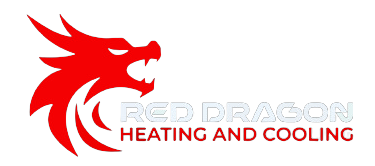- 518.348.9000
- [email protected]
- 117 Van Rd Gloversville,NY 12078
Duct Work Installation: Tips from a Professional
Duct work installation is a vital aspect of any home’s HVAC system. It involves the installation of a network of tubes or conduits that distribute air throughout the house. Proper duct installation is essential to ensure the efficiency, comfort, and air quality of a home.
The primary function of ductwork installation is to distribute air evenly throughout the house. This is crucial in maintaining a comfortable indoor environment. Properly installed ductwork ensures that all areas of the home receive adequate heating and cooling. It also helps to maintain consistent temperatures throughout the house, which can help reduce energy costs.
In addition to providing comfort, ductwork installation also plays a significant role in maintaining good indoor air quality. Poorly installed ductwork can lead to leaks, which can allow dust, dirt, and other contaminants to circulate throughout the home. This can cause respiratory problems and other health issues for the occupants. Properly installed ductwork can help prevent these problems and ensure a healthy living environment.

518 Red Dragon Service Areas Include :

Amsterdam
Amsterdam Duct Work Installation

Gloversville
Gloversville Duct Work Installation

Johnstown
Johnstown Duct Work Installation

Broadalbin
Broadalbin Duct Work Installation

Fonda
Fonda Duct Work Installation
Mayfield
Mayfield Duct Work Installation
Northville
Northville Duct Work Installation

Design and Planning of Ductwork Installation
Understanding Ductwork System Design
Designing a ductwork system involves planning and sizing the ducts to meet the airflow requirements of a building. The design process considers factors such as the cooling loads, heat loss, and ventilation requirements of the building. Proper design ensures that the system is efficient, cost-effective, and meets industry standards.
Selecting Materials and Duct Types
The selection of materials and duct types is crucial in ensuring the efficiency and safety of the ductwork system. The most commonly used duct materials include galvanized steel, aluminium, round duct, and rectangular duct. The choice of material depends on factors such as the application, architectural constraints, and energy efficiency requirements.
Compliance with Local Building Codes
Compliance with local building codes is essential in ensuring that the ductwork system is safe and meets industry standards. Building codes provide guidelines on the design, sizing, fabrication, and installation of ductwork systems. It is important to ensure that the ductwork system complies with these codes to avoid safety hazards and legal issues.
When planning and designing a ductwork system, it is important to consider factors such as efficiency standards, duct fabrication, HVAC system design, and load calculations. Proper planning and design ensure that the ductwork system is efficient, cost-effective, and meets industry standards.
Execution and Optimization
Installing and Sealing Ductwork
Proper installation and sealing of duct work are crucial to ensure optimal performance and energy efficiency of an HVAC system. It is important to use the right materials and techniques to prevent air leaks and energy losses. Duct tape, foil tape, and caulk are common materials used to seal ductwork. However, duct tape should be avoided as it tends to deteriorate over time and can lead to air leaks. Foil tape and caulk are more effective in sealing air leaks and preventing energy losses.
During installation, it is important to ensure that the duct work is properly supported and secured to prevent air leaks and safety hazards. Modifications to the duct system should only be done by a professional to ensure that the system is safe and efficient.

Balancing and Testing Airflow
Balancing and testing airflow is important to ensure even distribution of conditioned air throughout the building. Airflow can be measured using tools such as a flow hood or an anemometer. The airflow should be balanced to ensure that each room receives the appropriate amount of conditioned air. This can be achieved by adjusting the dampers in the ductwork.
Air pressure and velocity should also be measured to ensure that the system is operating at optimal performance. CFM (cubic feet per minute) is a common metric used to measure airflow. Regular inspections and maintenance can help identify and address any issues with airflow and air distribution.
Maintenance for Longevity and Performance
Regular maintenance is essential to ensure the longevity and optimal performance of an HVAC system. Cleaning the ductwork and replacing filters can help prevent the buildup of contaminants and improve indoor air quality. Inspections should be conducted regularly to identify and address any issues with the duct system.
In summary, proper installation and sealing of ductwork, balancing and testing airflow, and regular maintenance are key to achieving optimal performance, efficiency, and indoor air quality in an HVAC system. It is important to work with a professional to ensure that the system is safe and efficient.
WHAT WE DO
Expert HVAC Care, Always.


Residential Installations
Trust us to transform your space into a haven of perfect climate control with our expert HVAC installations.

Commercial Installations
Trust us to transform your space into a haven of perfect climate control with our expert HVAC installations.

Thermostat Installations
Trust us to transform your space into a haven of perfect climate control with our expert HVAC installations.

Air Quality Solutions
Trust us to transform your space into a haven of perfect climate control with our expert HVAC installations.
